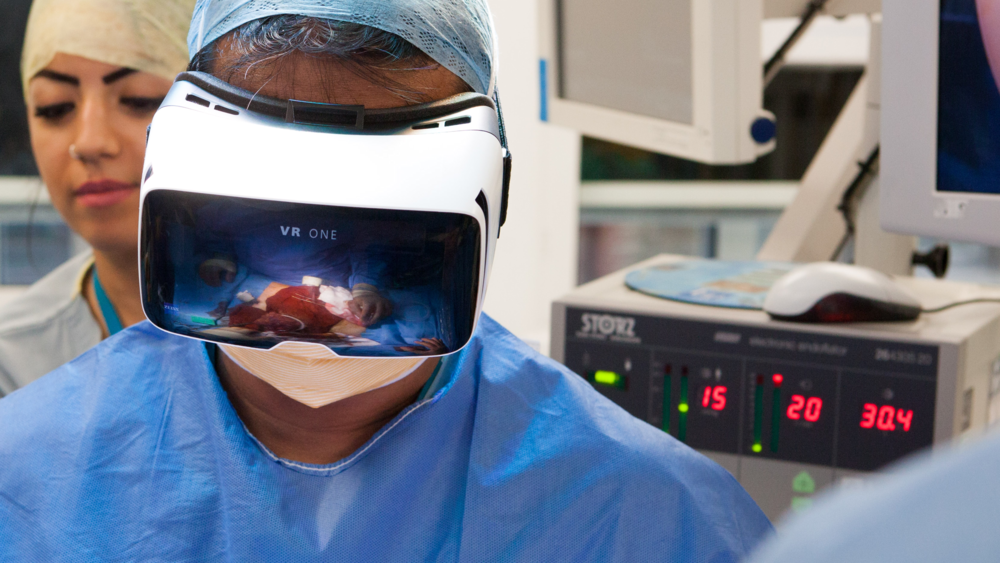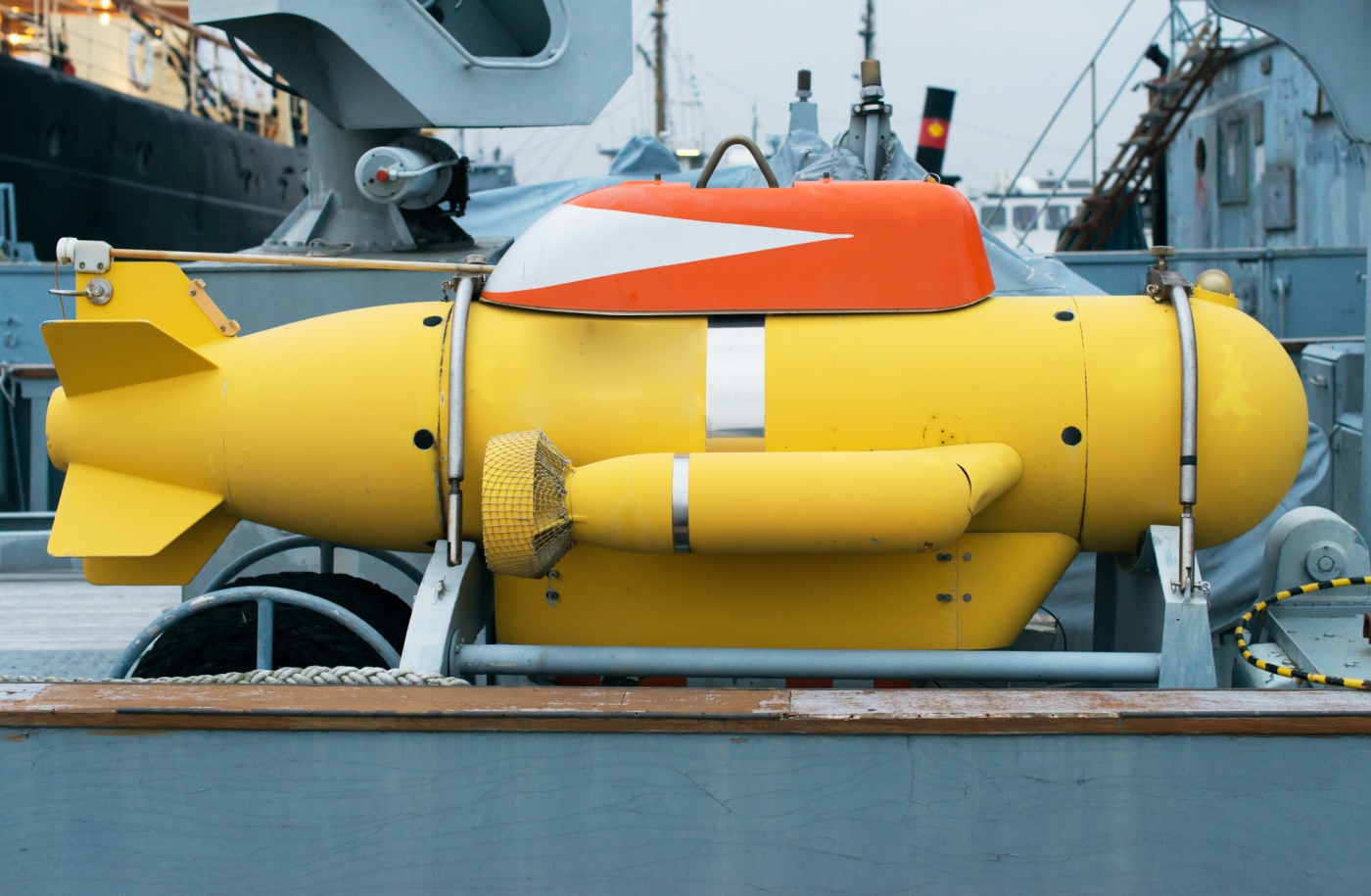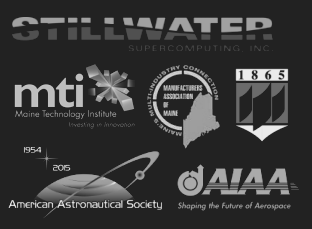Maine Aerospace Consulting (MAC) has extensive experience in numerical estimation techniques, including Linear Kalman filtering (LKF) and Extended Kalman Filtering (EKF). MAC has designed such systems for a wide range of applications, from flight trajectory reconstruction to GPS/Loran integration to gas turbine state estimation.

Currently MAC is developing algorithms to provide high-fidelity sensor fusion for a precision medical device application. The problem involves integration of multiple IMUs mounted on individual, moving platforms with an external relative position and attitude measurement resource – hence, the targeted motion states are relative, between the moving platforms. Additionally, the problem involves the processing of multiple time-delayed measurements in a manner that maintains fusion accuracy. The system is intended for use in medical training through Virtual Reality (VR) simulation.
MAC has provided EKF solutions for reconstruction of parachute translational and rotational motion during the chaotic dynamics of the canopy inflation-phase. MAC has also developed estimation algorithms to integrate GPS position and velocity data with Loran ranging signals to generate a single, optimal state solution, more robust than either individual resource on its own. This estimation algorithm included multiple state-spaces ranging in dimension from 13 elements to 18 elements, including calibration modes, and possessed the capability to identify critical components of error contained in the Loran ranging data stream by providing intelligent algorithms capable of “learning” from the GPS stream while available.

MAC can formulate estimation algorithms that best suit the problem/system at hand, be it for classic navigation and control observer problems, medical device tracking, vehicle trajectory reconstruction, misalignment error identification, mass property and parameter estimation or health/condition monitoring and fault detection.
No algorithm project is too complex or outside the scope – first-of-a-kind systems in virtually any technology space are what we thrive on.
